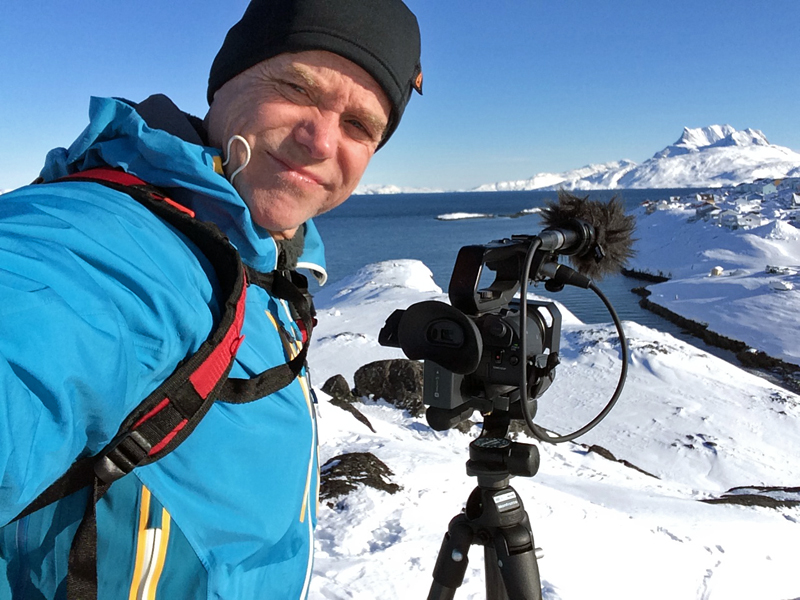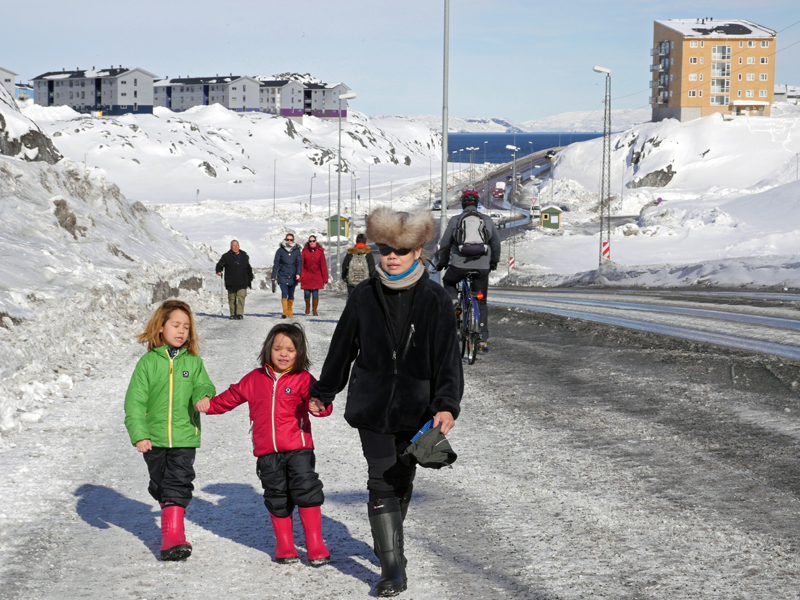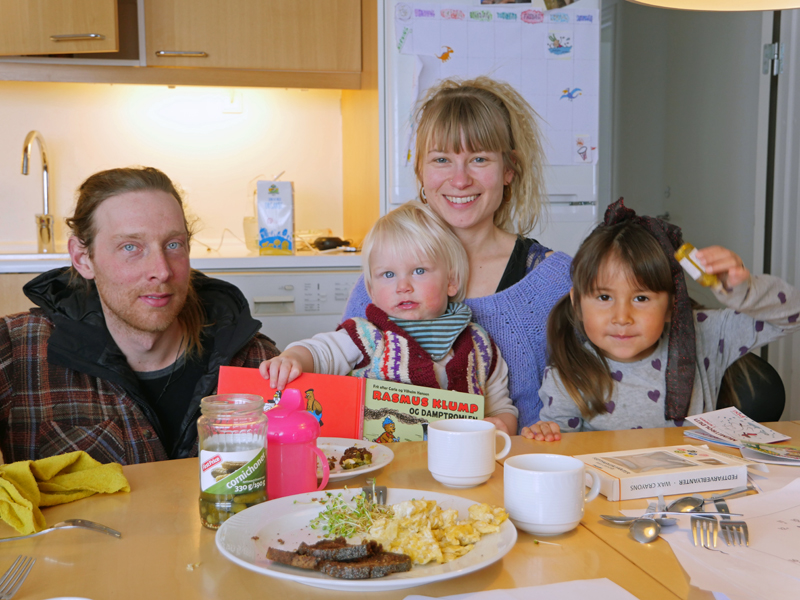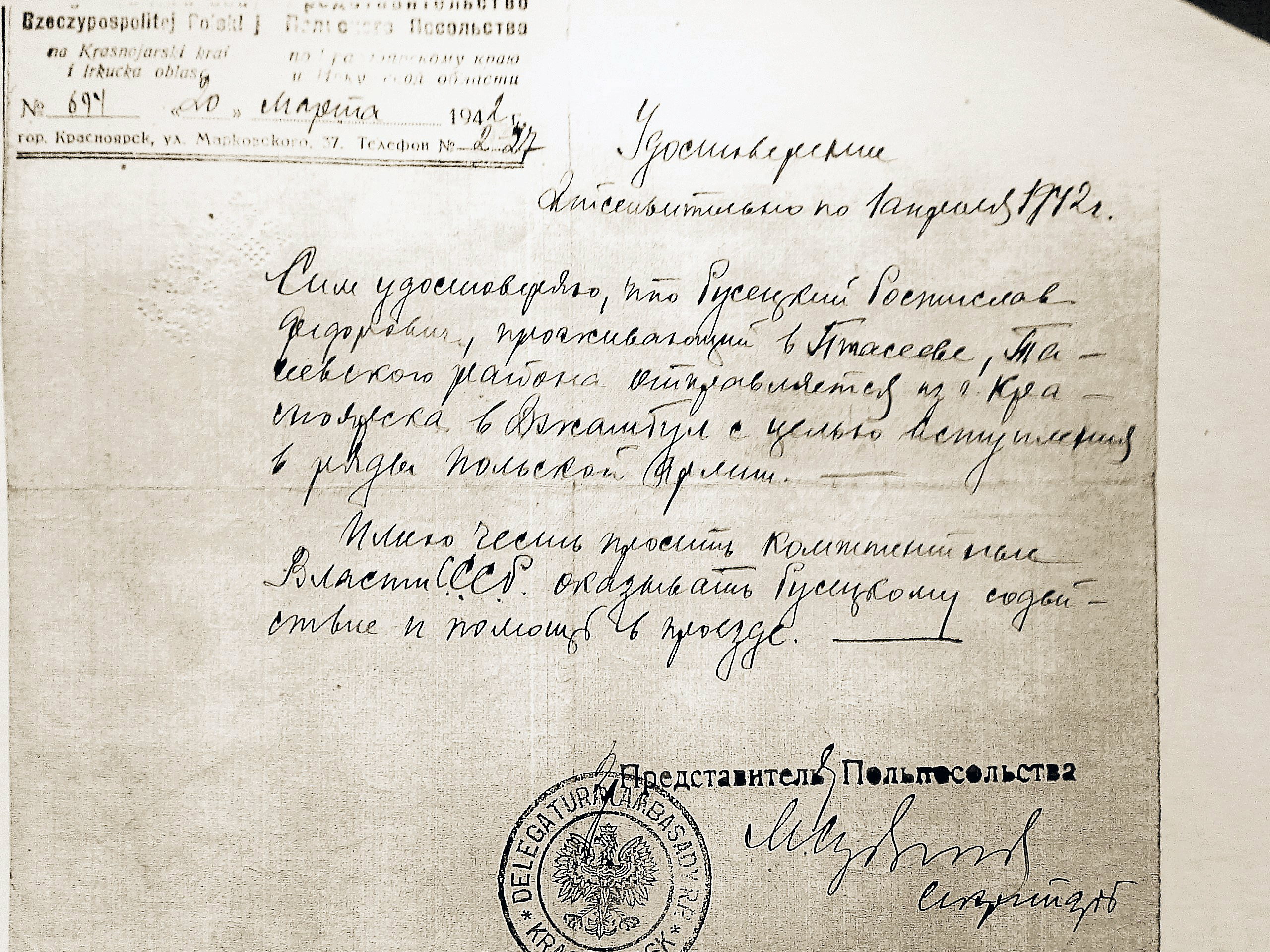(Swedish version first, the English one follows)
Nuuk
“Min mor behandlades annorlunda för att hon var grönlänska” berättar forskaren och fortsätter: ”Min far var dansk och det var en vidunderlig känsla att se hur annorlunda de behandlades i Danmark. Det var inte lätt.”
Den kvinnliga forskaren har långt blont hår och det är svårt att se att hon är till hälften grönländska. En av medlemmarna i hennes grönländska familj dyker upp under vårt besök och de pratar danska sinsemellan. Naja håller på att lära sig grönländska nu inför sitt besök till det lilla samhället Aasiat där hon skall fortsätta sin forskning och där hennes rötter finns. Att prata grönländska är viktigt för identiteten.
”Jag har ju växt upp som dansk, men alltid haft med mig min grönländska bakgrund i livet” , fortsätter hon.
Hennes två barn har grönländska namn, men hon är gift med en mycket trevlig och avslappnad kanadensare som nu flyttat till Danmark och tycker liksom in hustru att det skandinaviska livet ibland är lite besvärligt. I synnerhet detta att alla skall utbildas till att bli exakt lika. Naja var gift tidigare och har ett barn med en kanadansera från någon av ursprungsnordamerikanarna som idag helt rätt kallas First Nations. Hon är lite orolig för dotterns framtid i Danmark, mycket på grund av att de bor i ett alternativ boende på landsbygden i Jylland. Hon undrar hur det går för oss, som är blandade med svensk och asiat.

”Vi bor i Malmö, där det kommer folk från hela världen” , svarar Pam och jag fyller i: ”Så vi har inte haft minsta lilla antydning till problem. Men en av huvudanledningarna att vi bor just i Malmö är av denna anledning. Jag misstänker att det skulle vara krångligare att bo på landsbygden med mest bara vita svenskar.”
Jag måste erkänna att jag knappt tänkt en tanke att vi faktiskt är en blandfamilj. Eller som Naja kallar det, en familj med färg. Det har aldrig varit ett problem, men när jag hör Naja berättar hur det har varit att växa upp med en grönländsk mor och en dansk far, där de bägge behandlades olika, modern nedlåtande paternalistiskt och fadern som vilken annan dansk som helst, det är helt obegripligt egentligen att förstå. Jag har aldrig förstått andra människor som dömer andra olika på grund av utseendet. För mig är det med det mest korkade och intellektuellt lågt stående jag kan tänka mig. Det är en sak jag heller inte skulle vilja uppleva. Men så har livet varit, och fortfarande är, för alldeles för många grönländska föräldrar och barn.
Vädret har bytt kläder och det verkar som våren är på gång, så där helt plötsligt bara efter alla snöstormar. Soligt och varmt idag, med en knallblå himmel och jag har inte ens haft en jacka och vantar på mig. Jag tror också vi alla börjar anpassa oss lite Nuuk och allt spännande det innebär.

Nuuk
(English version)
“My mother got treated differently than my father because she was Greenlandic” , the scientist tells me and continues: ”My dad was Danish and it was a strange feeling growing up in Denmark and seeing how they were treated differently. It wasn´t easy. ”
The female scientist has long blond hair and it is hard to see that she is half Greenlandic. One of the members of her Greenlandic family turns up during our visit and they speak Danish to each other. Naja is trying to learn Greenlandic at this precise moment, because that is one important part of being Greenlandic. She and her family is on their way north to the community of Aasiaat where her Greenlandic roots are. This is also where she will continue her research.
“I grew up as a Dane, but I have always carried my Greenlandic identity with me wherever I have been or gone” , she continues.
Both her children have Greenlandic names, but she is married to a relaxed and nice Canadian who has moved to her in Denmark and finds life their similar to what my wife feel about Sweden, there ‘some oddities which complicate like the Scandinavian idea that everyone have to be similar to the other. Naja was earlier married to a Canadian First Nation member, who is the father of her eldest child. She is sometimes worried the future of the daughter because they live in a small Danish community on the island of Jylland in an alternative living. She asks us how we are doing being half Swedish, half Asian.

“Where we live in in the city of Malmö, it is very multicultural with people from all over the world” , my wife answers and I add: “We haven´t had a single issue with that. But this is also partly the reason why we live in Malmö. I believe it would be more complications if we lived in the countryside full of Swedes only.”
I have to admit I have hardly had any thoughts on the issue that we in fact are a mixed family. Or as Naja calls it, a family of color. It hasn´t been a problem at all so far, but when I am listening to the problems involved with Najas upbringing due to the fact that they´re were mixed Danish and Greenlandic, where her mother got treated paternalistic and negative and her father like any Dane, I feel hesitant on with side. But completely stunned on the other side. I have never understood other human beings who judge others on color or background. For me those people are the lowest of the human society and damn stupid. But, it is something I wouldn´t like my kids to experience. Having said that, the fact is that this is how life has been, and still is, for many Greenlandic kids.
The weather has changed dramatically and there´s a feeling of the arrival of spring right now. It is sunny with a blue sky and it is so warm I don´t have a jacket or gloves on. I guess we are adapting to a certain degree to Nuuk life and all exciting things involved in this fact!


